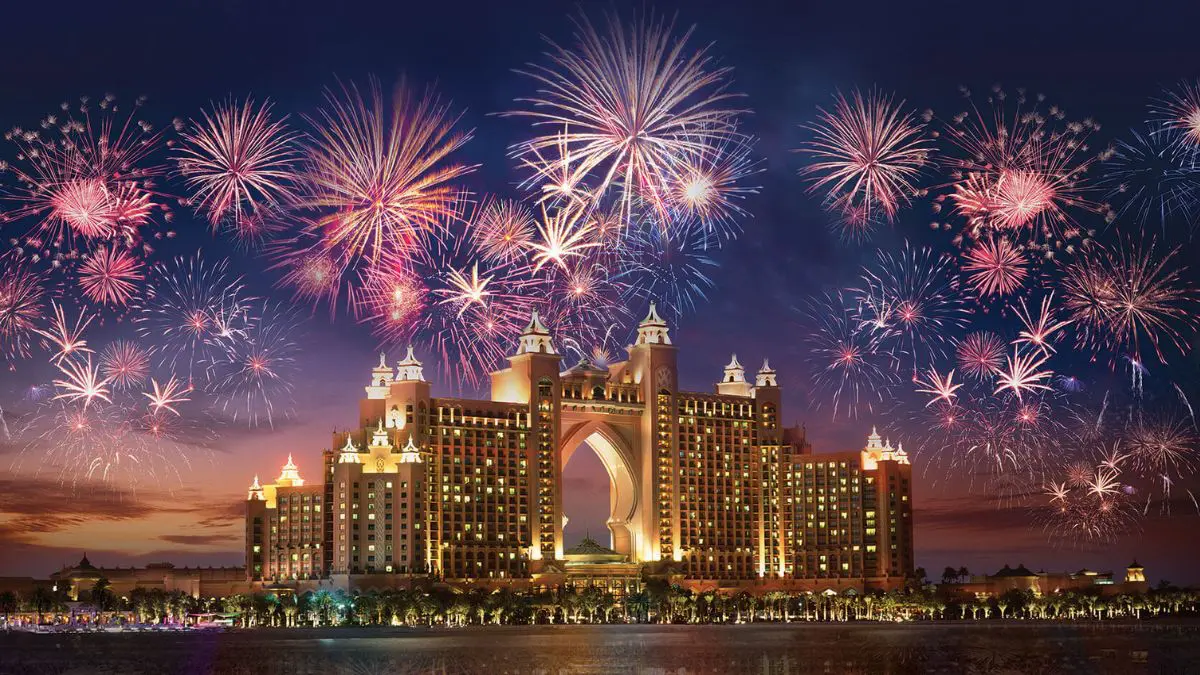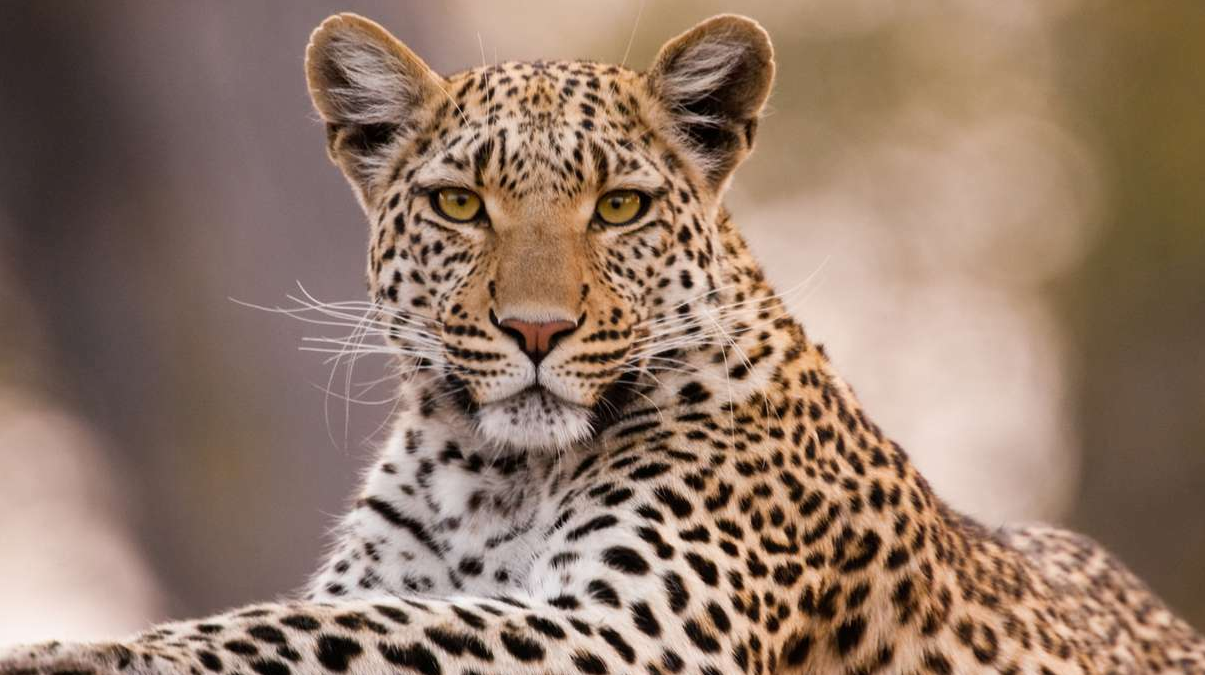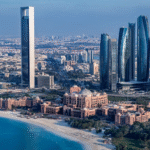Now Reading: Dubai’s Hidden Desert Gem Protecting Nature for the Future 2025
-
01
Dubai’s Hidden Desert Gem Protecting Nature for the Future 2025
Dubai’s Hidden Desert Gem Protecting Nature for the Future 2025

Table of Contents
Dubai is known for its modern skyscrapers, luxury shopping malls, and endless entertainment. But away from the bright city lights, there is a hidden gem where nature takes center stage — the Dubai Desert Conservation Reserve (DDCR). This breathtaking area is one of the largest protected desert reserves in the United Arab Emirates and showcases the region’s commitment to preserving its unique desert environment.
Spanning an impressive 225 square kilometers, the DDCR represents about 5% of Dubai’s total land area. Established in 2002, it was the UAE’s first national park. The goal was clear: to protect the fragile desert ecosystem while allowing visitors to experience its beauty in a sustainable way. Over the past two decades, the reserve has become a model for conservation in the region, inspiring similar projects across the Middle East.
Protecting Rare Wildlife

The Dubai Desert Conservation Reserve is a safe haven for a wide range of desert wildlife. Among its most famous residents is the Arabian oryx, a majestic antelope once extinct in the wild. Thanks to dedicated breeding and reintroduction programs, over 300 Arabian oryx now roam freely within the reserve. Visitors may also spot gazelles, sand foxes, hedgehogs, and a variety of reptiles that have adapted perfectly to desert life.
Bird lovers will also find paradise in the DDCR. Falcons, eagles, and kestrels soar across the dunes, while small desert birds nest among the native shrubs and grasses. This diverse wildlife attracts researchers, photographers, and tourists eager to witness nature’s resilience firsthand.
A Delicate Ecosystem
The Arabian desert may look empty at first glance, but it is a delicate ecosystem teeming with life. Its survival depends on protecting every element, from the smallest insects to the largest mammals. The DDCR’s team works hard to monitor animal health, track migrations, and restore native plants that stabilize the shifting sands.
One of the biggest challenges in desert conservation is preventing the spread of invasive species. Plants brought in from other regions can disrupt local wildlife and harm traditional desert plants. The DDCR has strict measures in place to remove these invaders and encourage the growth of native species.
Eco-Tourism in the Reserve
Tourism is a major part of Dubai’s economy, and the DDCR has found a perfect balance between tourism and conservation. Visitors can enjoy unforgettable experiences such as guided wildlife drives, camel trekking, and traditional Bedouin camps. Tour operators working inside the reserve must follow strict eco-guidelines to protect the land and its animals.
Only a small number of vehicles are allowed in each day to reduce disturbance. Camps use solar energy, minimize waste, and rely on local products to support nearby communities. These efforts ensure that visitors can explore the desert’s magic without harming its fragile balance.
Education and Research
Beyond tourism, the Dubai Desert Conservation Reserve plays an important role in education and scientific research. Local schools often organize field trips, giving students a chance to learn about their country’s natural heritage. Researchers from around the world collaborate with the DDCR team to study desert plants, animal behavior, and climate impacts.
Their findings help improve conservation practices not only in Dubai but across the Arabian Peninsula. This research is vital as climate change poses new threats to desert habitats, including rising temperatures and unpredictable rainfall.
Sustainable Future
The success of the Dubai Desert Conservation Reserve shows that progress and nature can go hand in hand. Dubai’s leadership has proven that investing in conservation is not just good for the planet but also good for tourism and education.
The DDCR continues to expand its efforts, exploring new projects such as water-saving technology and renewable energy to further reduce its footprint. Plans are underway to grow the Arabian oryx population and protect other endangered species.
Visitors to the DDCR leave with a deep respect for the desert, understanding that it is more than just sand dunes — it is a living, breathing ecosystem. By protecting it today, Dubai is making sure that future generations will also experience the wonder of the Arabian desert.
How to Visit the Dubai Desert Conservation Reserve

If you wish to visit, the DDCR is about 60 kilometers from central Dubai and is only accessible through authorized tour operators. This policy helps control human impact on the delicate ecosystem. Tour packages often include pick-up from hotels, guided drives in 4×4 vehicles, wildlife viewing, and traditional Arabian hospitality with food and entertainment.
It is best to visit during the cooler months from October to April, when the weather is pleasant for outdoor activities. Whether you are looking for a peaceful retreat, an educational trip, or a once-in-a-lifetime wildlife experience, the DDCR has something to offer.
Final Thoughts
The Dubai Desert Conservation Reserve is a shining example of how a city famous for its glamour and modernity can also protect its natural roots. In a world facing growing environmental challenges, projects like the DDCR remind us of the importance of preserving our planet’s biodiversity.
From the stunning Arabian oryx to the graceful gazelles, every animal in the DDCR tells a story of survival and hope. And thanks to Dubai’s visionary conservation efforts, these stories will continue for many years to come.
Read More:- Deyaar’s Latest Announcement Shakes Up the UAE Property Market





















